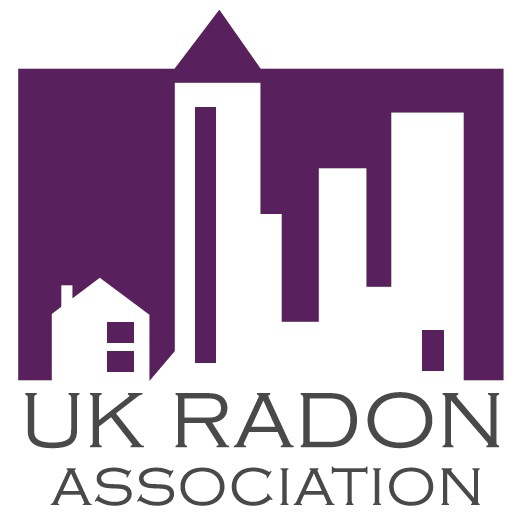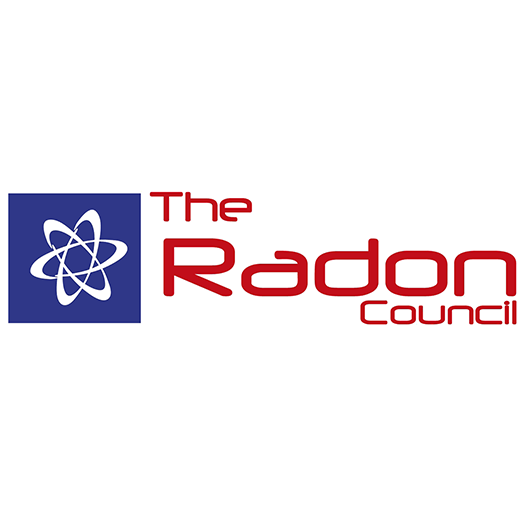How do I lower radon levels?
Radon can have one or more sources, so there are various means of reducing radon levels. In some cases, minor intervention is enough to bring about a reduction. Sometimes, several different measures need to be combined.
If the radon source is the ground, in some cases it may be enough to seal cracks and other sources of penetration in the basic structure of the building. If this is insufficient, negative pressure beneath the house can be created so that air in the soil is not sucked in. There are different methods to achieve this, including radon suction and radon pits. These measures may be combined with improvements in the building’s ventilation. Radon suction is probably the most common measure against ground radon. A unit is installed that reduces the air pressure in the ground under the house so that air is not drawn in from the soil. This negative pressure is created using a fan that sucks air out from one or more points under the concrete floor. Radon pits are primarily intended for use in air-permeable land, such as gravel ridges. The radon pit reduces the air pressure in a large volume of ground, meaning that the whole unit can be placed underneath the building.
If you need to reduce radon levels, you should enlist a radon consultant to identify where the radon is coming from and then suggest which measures are best.




